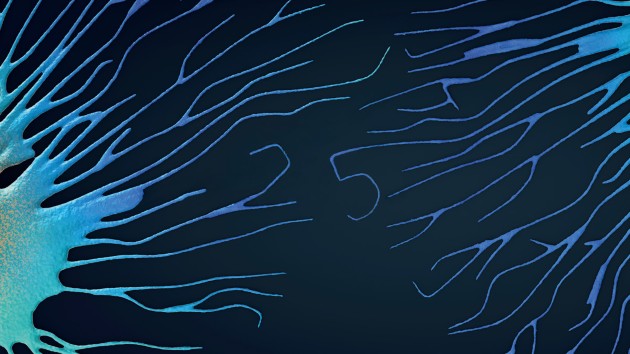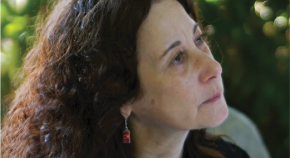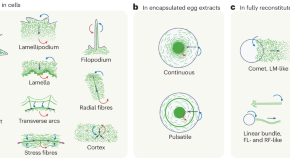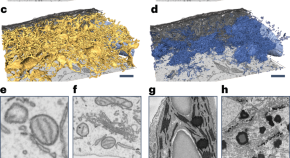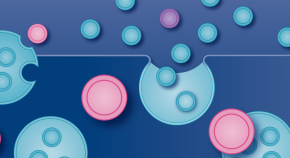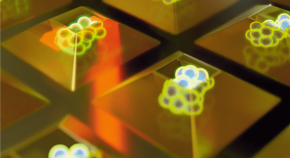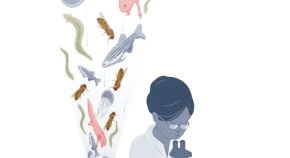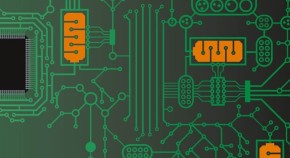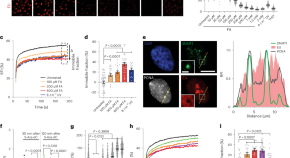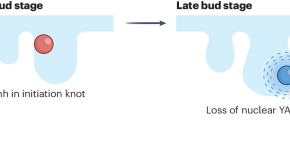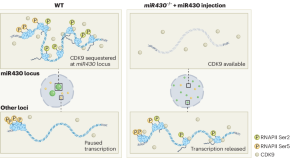
Advertisement
-
-

Regulation of mitochondrial fission by fatty acyl-coenzyme A
We show that the mitochondrial fission proteins MiD49 and MiD51 are activated by fatty acyl-coenzyme A (FA-CoA). FA-CoA binds in a previously identified pocket located within MiDs, inducing their oligomerization and ability to activate the dynamin DRP1, ultimately promoting mitochondrial fission. Activated MiDs synergize with mitochondrial fission factor (MFF) in stimulating DRP1 activity, leading us to hypothesize that MiDs act upstream of MFF during mitochondrial fission.
-
-
